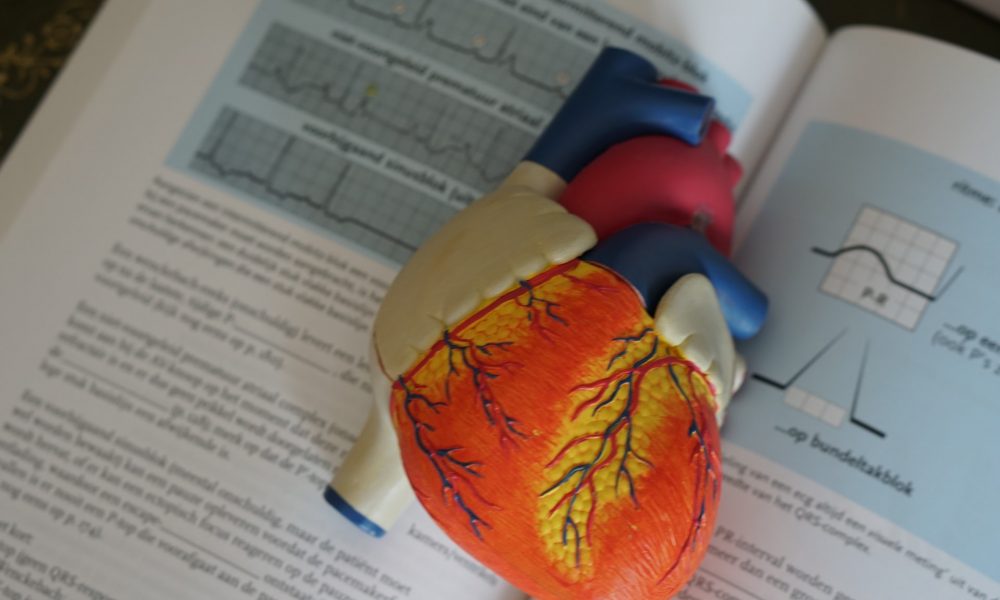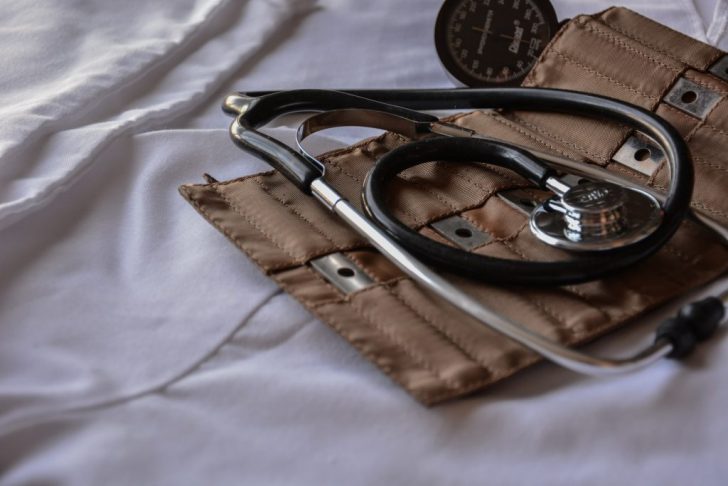
New Research Reveals Gap in Medical Knowledge Regarding Normal Blood Pressure Level for Women

A key component of your heart’s health and your overall well-being is maintaining your blood pressure at an optimal level. Timely distribution of oxygen throughout the body and the delivery of nutrients to your tissues and organs are dependent on proper circulation of blood.
The blood vessels that carry blood away from the heart are called arteries. When the heart pumps blood through these vessels, a force is exerted on its walls, known as blood pressure. As such, when reading your blood pressure, you need to be considerate of two readings: the systolic pressure and the diastolic pressure. Systolic pressure reveals the force exerted during heartbeats, while diastolic pressure reveals the force when the muscles in your heart relax between heartbeats.

Unsplash | It is important to keep your blood pressure in check
For a long time, the standard guideline for normal systolic pressure is noted to be 120 millimeters of mercury. Blood pressure elevated beyond this range can cause hypertension, thereby leading to cardiovascular diseases such as strokes or even heart failure.
However, a new study suggests things might not be the same for women.

Unsplash | Women’s risk threshold isn’t what doctors thought it was
Findings of the Study
All through modern medicine development, doctors believed that the normal systolic pressure was the same for both men and women. Regardless, a recent study published in Circulation uncovered that even systolic levels under 120 mm Hg could make females susceptible to cardiovascular diseases.
The study was conducted at the Smidt Heart Institute of Cedars-Sinai Medical Center by the director of the Institute for Research on Healthy Aging, Dr. Susan Cheng, with her team’s help. 27,542 participants were recruited for the study, of which 54% were female.
At the beginning of the study, none of the participants suffered from any cardiovascular diseases. However, throughout the span of research, which later for 4 decades, 7,424 people had developed some form of fatal or nonfatal cardiovascular disease. 44% of those people were women.
Examining the systolic pressure threshold, which evidently remained 120 mm Hg for men, found an increased risk for women even at 110 mm Hg. Additionally, the research uncovered ranges for different heart diseases.
The threshold was comparable at 140–149 mm Hg for males and 120–129 mm Hg for females for stroke. For heart failure, males exhibited risk at 120–129 mm Hg, while the value was 110-119 mm Hg for females.

Unsplash | Consult a doctor if your blood pressure seems irregular
In Essence…
What doctors considered the optimal range for the blood pressure may not be the same for females, as this latest research proves. This gap in medical knowledge now raises critical questions with regards to the prevention and treatment of heart diseases. Now, additional research is required to gauge whether or not females should be treated for hypertension at this newly revealed level.
More inHealthy Trends
-
`
Why Are Men Taller Than Women? New Genetic Study Finds Clue
For centuries, the average height difference between men and women has been noticeable—men generally stand about five inches taller. While environment...
July 23, 2025 -
`
How Upcycled Beauty Ingredients Are Reshaping the Industry’s Future
The beauty industry is going through a big shift — and it’s not just about trends. As waste problems grow and...
July 17, 2025 -
`
A Look Inside Faith Kipyegon’s Groundbreaking Mile Run in Paris
Last week in Paris, Faith Kipyegon returned to a place she knows well: Stade Sébastien Charléty. But this time, she wasn’t...
July 9, 2025 -
`
Dairy Is Making a Major Comeback — And Health Shoppers Are Loving It
Just a few years ago, dairy sat quietly in the back seat while plant-based alternatives took the spotlight. Now, it’s stepping...
July 4, 2025 -
`
Does Aging Cause Dental Problems?
Aging doesn’t automatically mean losing teeth or developing gum disease. In fact, older adults today are holding onto more of their...
June 25, 2025 -
`
How Upcycled Ingredients Are Shaping the Future of Cosmetics
What used to end up in bins or compost heaps is now finding a new life inside skincare bottles and beauty...
June 18, 2025 -
`
Rock Legend Rod Stewart Trains to Break Sprint Record at 80
Age isn’t slowing Rod Stewart down. Known worldwide for his legendary voice, stadium-filling tours, and timeless hits like “Maggie May”, the...
June 11, 2025 -
`
The Truth Behind Detox Diets – Health Boost or Risky Trend?
It’s hard to scroll through your feed without seeing someone sipping green juice with promises of instant energy, glowing skin, and...
June 3, 2025 -
`
Is Dr. Oz Fit to Lead Medicare?
The announcement of Dr. Mehmet Oz as President-elect Donald Trump’s pick to lead the Centers for Medicare and Medicaid Services (CMS)...
May 29, 2025















You must be logged in to post a comment Login